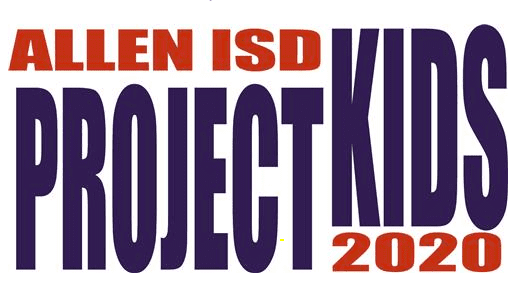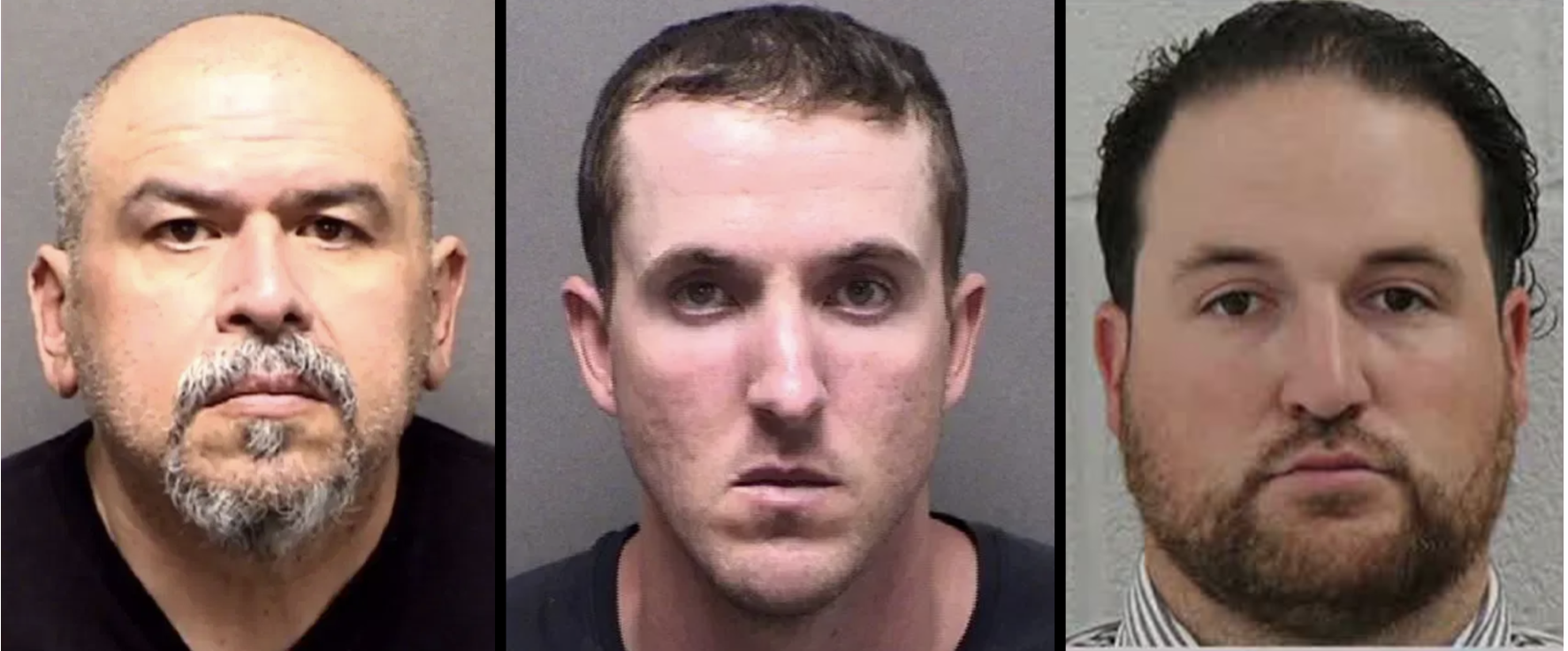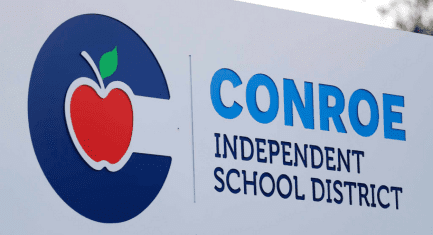On July 27, Allen Independent School District’s citizen bond committee presented their final spending recommendations to the board of trustees. The 80-member “Project Kids” committee recommended a bond package of just over $222 million to meet the needs of the district for the next three to four years.
Now it’s up to the school board to consider the recommendations and vote by August 17 to put a bond proposition on the November 2020 ballot.
Over the entire process, I was pleased with the open and straightforward method of presentation, and felt my voice could be heard. I think the package our committee presented is a reasonable and prudent list of needs that support the district. I wanted to offer some background and thoughts in addition to the information presented by the district.
To understand why the district pursues the projects it does, I wanted to look at the history of Allen ISD and the early decisions that brought us to the district we know today. I spoke with longtime residents and previous Project Kids participants who shared the early vision.
In the early 1990s, the first strategic committees and Project Kids committees made key decisions for the future vision of the district, like the single high school, multiple elementary schools, and the renovation schedule. Their vision was for a superior school system that would be one of the best in the area, if not the state and the country. To achieve this, the residents of Allen approved more money for the schools and higher taxes. Take a look at the previous Project Kids committee summaries and projects here.
The current vision of Allen ISD is reviewed periodically by another citizen committee called SOAR. The last review occurred in 2019: SOAR 2030. Information on this committee can be found here.
Along with their most recent strategic plan, the district proposes projects and operates based on these community member-driven committees. The Project Kids committee charge is limited to recommending projects consistent with the district’s strategic plan.
With all that in mind, when I hear the questions on why a bond is needed or why the district operates the way it does, the answer lies in work from the community that goes back decades. To be fair, the community has changed a lot since the 1990s, but it’s clear that people and businesses still move to Allen because of our schools. Like anything else, it’s an investment. Many of our longtime residents tell me that other districts nearby changed to save money, to the detriment of the quality of their schools and their communities. Without periodic maintenance and keeping up with the skills needed for tomorrow’s jobs, AISD and Allen will decline as well.
The Bond Recommendation
The details are all publicly available on the Allen ISD website. Here are the key points:
- All projects recommended total $222,083,474.
- Each project had to meet a very high threshold of approval.
- The projects recommended had to be approved by two-thirds of members in each of the eight breakout groups, and three-fourths of individual breakout groups together.
- Projects and costs will be distributed over three to four years.
- The bond addresses multiple needs that impact virtually every student in the district.
Here are some links and the video of the board meeting presentation for your reference:
- Project Kids Homepage
- Project Kids Final Recommendation Presentation
- Video of Presentation to the Board
My Thoughts
I do believe that there have been excesses in past bond projects, and not just the one that failed in 2019. I’ve heard multiple community members, even longtime residents who generally support the district, say that AISD tends to get what it wants and far more than it needs. I think the community made that clear with the failed bond.
I thought the Project Kids process was very open. I did not feel like I was being “steered” in a certain direction or pressured to vote a certain way. I felt open to discussing my opinions, even when I was in the minority. I think the final recommendation represents a conservative package that addresses mainly needs rather than wants, consistent with AISD’s strategic vision. It’s nearly half the size of the failed 2019 bond, and the community was able to focus the district into doing more with less.
I have some items I think are important for the board to consider when building the final bond package. I shared these with the board and wanted to expand on some of the points here.
Be Straightforward With Tax Impact
Traditionally, Allen ISD and most other municipalities and local politicians use the tax rate to tout the sustainability of spending. In this case, the material says, “This will not require a tax rate increase.”
For those unfamiliar with the property tax calculation, this does not mean your tax bill will not increase. That’s because the tax rate is a multiplier on the value of your house: if the rate remains the same while your home value increases, you will see a tax bill increase.
Many of you have been misled by these kinds of statements; I have, as well. I believe in being straightforward and transparent. By quoting the tax rate alone, the district is purposely omitting information about the real tax impact to those who may not be well versed in property taxes.
I firmly believe in a different, straightforward, and open approach. Calculate the tax bill impact for the average home in Allen ISD, and share that with the community. State it simply:
“The average homeowner in Allen ISD will see a $x.xx increase in their property tax bill in 2021 if the bond package passes.”
To me, that’s honest and open. Regardless of the district’s decision, I will strive to share this information with the community.
Break the Bond Into Categories
I’m sure there are many people who have gotten this far and do not agree with my points or take issue with my views. As a tech person, I like to say: “It’s not a bug, it’s a feature.” Our form of government is designed to spark debate and allow for disagreement. It’s one of the many things that make America great.
One thing I wish Project Kids had been able to get into was the potential division of the bond into categories. My personal preference would be to divide it as follows:
- Essential Renovations and Maintenance: $161,469,063
- Technology Devices and Infrastructure: $43,850,000
- Transportation, Safety, and Security: $6,249,139
- Cost Saving and Efficiency Upgrades: $2,377,545
- Athletics, Arts, and Electives: $8,237,727
Five questions, five bond choices on the ballot. Perhaps you recognize the need for renovations, technology, and transportation, but you’re not convinced by efficiency upgrades and athletics? You can choose for yourself what you want.
I believe this is essential for the community: real choices and a voice at the ballot. Personally, I would not have a problem with voting for all of the items in this bond, save one or two individual projects. However, I recognize that everyone in the community may not agree with me, and I believe a big step towards rebuilding trust starts with truly giving the community a strong voice and choice at the ballot box.
Commit to Fiscal Responsibility
While it has been the practice of the board in the past not to sell bonds until needed, codifying this at the ballot would be a strong show of commitment to the community. COVID-19 has caused many families to struggle, and there is still uncertainty surrounding revenue sources and the economic impact of the 2020 shutdowns.
I believe the board should commit to refraining from selling bonds during an economic crisis, should conditions be unfavorable to increasing taxes. Pausing along with the economy may be necessary to expedite recovery. While the projects on this bond are indeed necessary, during times of hardship and crisis, consideration should be given to struggling taxpayers.
Follow the Project Kids Recommendation
The Project Kids committee was empowered only to make a recommendation to the board, not to dictate the projects and parameters of a bond. Technically, the board has the prerogative to add or remove projects, as well as set the number of questions and the final amount of the bond.
I do not believe the board has any intention of deviating from the Project Kids recommendation, but I feel it should be made clear that deviating would be a serious breach of trust. It would be an insult to the hard work and serious consideration given by the committee to build a community-driven bond.
Conclusion and Call to Action
I believe everyone in Allen—the newest residents without children, the largest families, the “empty-nesters,” and everyone in between—wants the most effective education for their community. To maintain our strong schools, bonds will always be necessary. There are times when the district oversteps and the community responds, as was seen in the failed 2019 bond. But this time, the district has made a good-faith effort to involve the community and present a reasonable and conservative bond.
Even if you don’t agree, I encourage you to contact the board as they consider a bond package to let them know your thoughts. And most importantly, make sure you vote when the bond is called! Your voice mattered in 2019—the defeat of that bond is a big reason why we’ve got such an open process at this point.
I worked hard to consider each project and develop a bond to support my future children and the kids in this city, and prepare them for the world they will grow into. I ask that you carefully consider each project as best you can and make your voice heard.
Allen ISD Board Contacts:
- School Board Email: teamof8@allenisd.org
- Individual Contacts: www.allenisd.org/domain/5
- Public Board Meetings: www.allenisd.org/Page/44
This is a commentary submitted and published with the author’s permission. If you wish to submit a commentary to Texas Scorecard, please submit your article to submission@texasscorecard.com.





